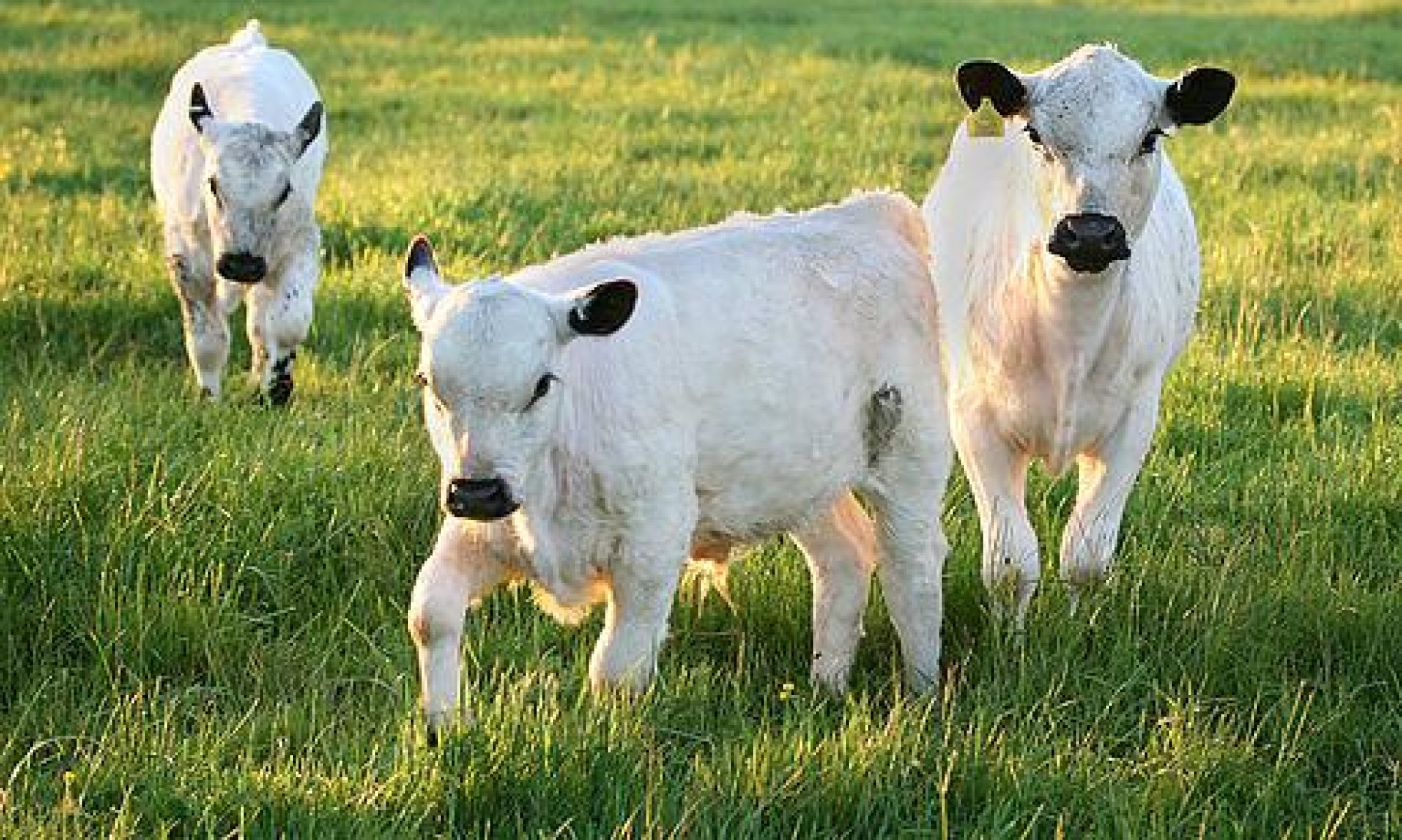Browse the list of Frequently Asked Questions created by our team of experts below with regard to camelid welfare. If you are unable to find or have more specific questions, please Ask an Expert.
Q: What is the proper way to handle llamas and alpacas?
A: Llamas and alpacas are social animals and respond best to calm and quiet handling. They are flight animals, and if they perceive danger, they will flee. Social order among the herd is kept through maintenance of a social hierarchy. Pregnant females or females with nursing young may be territorial, and intact males may show dominance; more experienced handlers are recommended while working with such animals. Both llamas and alpacas can be trained to walk with a halter and lead rope.

Q: How are camelids housed?
A: Llamas and alpacas may be housed in outdoor or semi-confined housing systems, such as three-sided commodity sheds or barns. If animals are housed in a group, each individual animal should be provided with the appropriate amount of space and easily accessible to all animals within the group.
As fiber bearing animals, llamas and alpacas are susceptible to heat stress. Special attention to hot conditions and the mitigation of heat stress through the provision of shaded areas is recommended. For animals housed outdoors in the winter months, shelter (artificial or natural) should be available for relief during extreme cold and inclement conditions. Young animals are more susceptible to cold stress and should be sheltered during the period after birth.
Q: Why are camelids sheared?
A: Llamas and alpacas are native to areas of relatively cool climates with low humidity and high altitude, and the health and welfare of these animals will benefit from shearing if they are to be raised in warmer climates. The fiber length will vary among species and among individual animals. Thus, the importance and frequency of shearing will depend on the climate and the individual animal’s needs.
Q: Is it necessary to trim the teeth of llamas and alpacas?
A: When llamas and alpacas are older, their front teeth may grow too long and begin to protrude. If this occurs, it may become difficult for the animal to continue eating and drinking. If necessary, it is recommended to consult a local veterinarian.
Q: Why is it important to trim the feet llamas and alpacas?
A: Camelids evolved in the Andes Mountains, where the rockiness and hard terrain of the mountains naturally wore down their toenails. If the toenails of llamas or alpacas are left untrimmed, they may start to curl to the side. This occurs not only in sandy soil situations, but also on pasture. Older animals that are more sedentary, and late-term pregnant females, who are motivated to exercise, also may need more frequent toenail clipping.
Toenails that twist to the side may cause the toe bones to twist as well, and this can cause actual foot deformity in crias and yearlings, which are still growing. Overly long toenails can also get caught and sprain the toe or cause more serious foot injury.
Q: Do llamas and alpacas spit?
A: Llamas and alpacas communicate with each other by ear, body and tail positions, shrill alarm calls, or a humming or low-pitch sound. Spitting among themselves is used to divert bothersome suitors, protect themselves from a threat, or to help establish dominance over other animals. It is rare, but if they are provoked or feel threatened, they may occasionally spit at humans.
